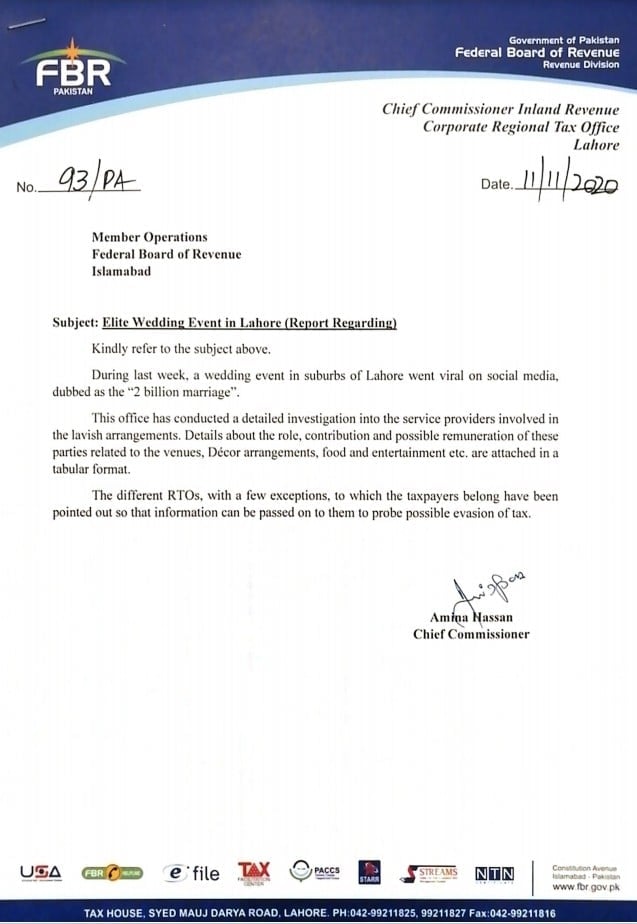The year is 2020 and it is still shocking that a lot of firms and brands are not taking their cybersecurity as seriously as they should.
Every day, new threats emerge to threaten the user data, files, and sensitive information that these firms have on hand. Even with the normal cybersecurity practices in place, there is no guarantee of protection against hacks and attacks that can happen from anywhere.
That is why a case for cyber resilience on top of the cybersecurity program has been recommended.
If the number of businesses that have implemented cybersecurity is disheartening, wait till you see the figures for cyber resilience. That might boil down to a lack of knowledge on what this means; the promises it holds for the business as well as how to go about it at all.
What Is Cyber Resilience?
Cybersecurity focuses on preventing hacks and attacks from happening at all.
The single word refers to all the processes, methods, and tactics used to secure systems and networks so that unauthorized users do not get in. Cybersecurity practices range from setting reliable passwords and getting a VPN router to encrypt all connected devices to installing extensive firewall systems.
On the other business end of things, cyber resilience is a measure of how the entity’s assets (networks, computer frameworks, and systems) can withstand such attacks when they do happen.
The ideal cyber resilience package plans for the eventuality of the hack happening. That way, there is an already established playbook for what is to be done in the case of a breach.
Tips for Implementing Cyber Resilience

There are a lot of resources on getting started with cybersecurity already. However, much is not being said in the cyber resilience aspect.
Fortunately, it doesn’t take an arm and a leg to get a solid cyber resilience program up and running.
Get Top Management on Board
This is the first step because we know how influential the top management can be.
Most of the business suggestions that fall through do so not because they are bad. The fact that they were not properly explained to the top management made such plans go under the ax instead.
Let the top management see what they stand to gain from a solid cyber resilience plan. Instead of just planning against an attack, they can now have a way to recover faster and smoothly if it ever occurs.
Involve Everyone
Your systems are only as strong as the weakest link.
This is exemplified by the case of an unnamed casino that fell victim to hackers who took advantage of the smart thermometer. Breaching via this ingenious way, they were able to cart away the sensitive details of the high rollers frequenting that casino.
This is why you have to get everyone involved in the cyber resilience plan. Let every staff member know what you are trying to achieve. They should also know what they have to do to help the organization reach that goal of implementing a robust cyber resilience program.
Identify the Risks
If there were an outage right now, what data, files, and databases will be important to keep the business running like nothing was wrong?
The answer to that points you in the direction of your core assets. Those are at the most risk of crippling your business during an attack. Thus, they should take priority in the protection plan you will come up with.
Without proper identification of the risks, we are just grasping at straws. Don’t wait till the attack shows you what is important before you fish them out yourself.
Create Simulations
So, everyone knows what they should do. But on paper. What happens in the case of a real event?
The military is known for running drills and simulations of scenarios that might never happen. Still, that helps keep them alert and aware when a similar situation occurs. The same principle can be applied here.
Create mock situations of breaches happening to see how everyone reacts. This should be an observatory and learning exercise also. Note the mistakes in response and address them so that they are corrected against the next event.
In the case of an actual breach, every hand on deck will remain steady and calm enough to deal with it.

Have Backups
Like we said, cyber resilience steps in when the cybersecurity plan fails.
Under this cyber resilience framework, there is a provision for keeping your most important assets protected.
What if those fell into the wrong hands also? This is where a backup would come into play.
A good backup plan is to have an online and offline backup system. Even if the online backup file got hit also, you will still be able to restore your systems from the offline option.
Set Up Monitoring
Layering your cyber resilience framework over a cybersecurity plan does not give you room to relax. You should still set up constant monitoring for your systems. That enables you to catch unauthorized access fast enough, nipping it in the bud before it can create further damage.
Corporate entities and players need to know that not all hackers are aware of what they’ll meet after breaching. Thus, the first few moments of gaining access are important. If you can find these threat actors out in those initial moments, you can lock them out before they start tampering with the sensitive files.
Hire a Security Expert
After all said and done, hire an external security company to do a complete audit of your systems, networks, and processes.
They have all the tools and resources to hit you like they were actively trying to breach you. In the process, they find areas where your security framework might be exposed and help you to fix them.
These companies could also integrate with your workforce to identify where human error could be the one to show you out. Armed with such knowledge, you can quickly move to address the issues before an external hacker finds them out too.
















































































































































































